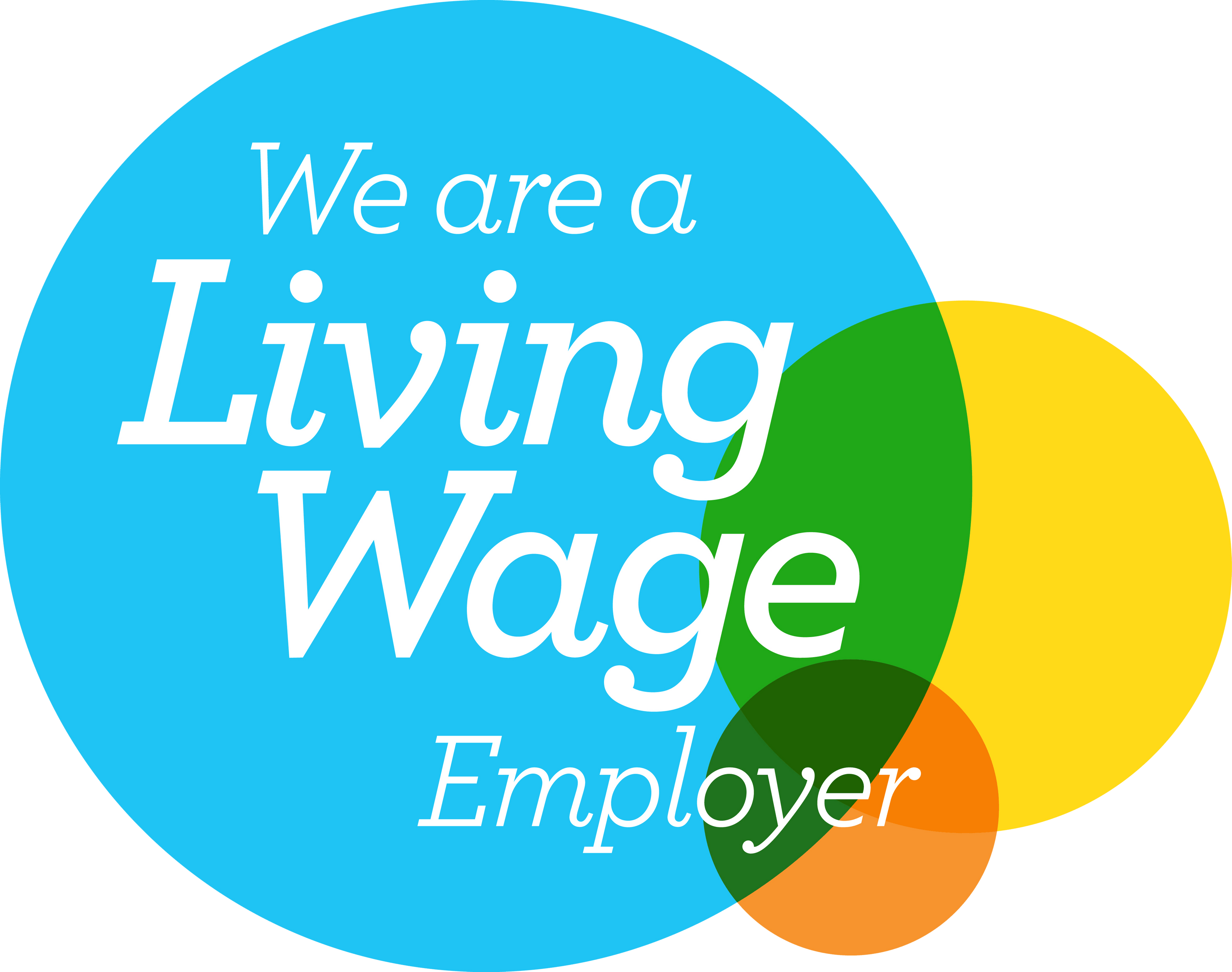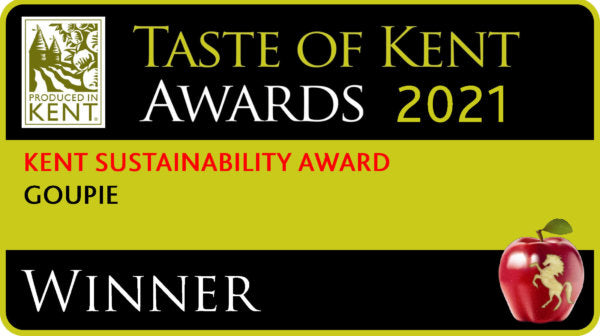We've spent hours researching different packaging alternatives. We've been to packaging-specific trade shows and asked all the questions we could think of. We've asked for samples, requested specs and looked up industry standards. If we're honest, we're still regularly doing these things, and we're still not sure that there is a clear-cut solution.
However, we know that the best way to improve, is to share our knowledge and be open to new input. We also thought that some clearer definitions surrounding certain terms might help someone else when making their decisions. There's a huge amount of confusion and interchangeability between certain terms, but the reality is that they don't all mean the same thing. Here's our breakdown for you:
Home Compostable
This is really what we're all aiming for. A home compostable product is one which will completely break down within your own compost bin. The main problem we have with certifying this, is that all home compost bins are not made alike. Some are warmer than others, some have better airflow, and they all contain a different combination of materials. There is just one accreditation that we're aware of surrounding this standard: OK Home Compost developed by TUV Austria. This standard defines the technical requirements for a material to be identified as home compostable. Essentially, due to the varying, and imperfect, nature of our home compost bins, these materials need to compost easily, at lower temperatures, absorbing elements such as water and oxygen which assist in the natural compost process.
This has a counter-problem when it comes to packaging food. The primary objectives of food packaging are to protect and preserve the food product inside. From a sustainability perspective, this significantly reduces food waste, one of the leading causes of greenhouse gas emissions. In order to preserve food, packaging must be as airtight as possible, and therein lies our problem. To strike the balance between a material which can both preserve food products effectively, and decompose easily. We also definitely do not want our packaging to start decomposing on our products before we've had a chance to eat them!
That's not to say that materials without the OK Home Compost seal of approval can't be composted at home. With a hot and efficient compost set up, research has shown that most industrially compostable materials can actually also be composted at home. Although, it may take a little longer! Depending on the material, it may take quite a lot longer (such as takeaway cups). However, with our own Goupie bags, we've found they take up to just 5 months in our home compost - we use a hot composter. It is important to note that this accreditation is not an international standard (due to the varying nature of compost bins) but it does require materials to meet their own set of criteria, such as the material to break down completely after 12 months. We're also delighted that our Dips & Dabs bags now officially meet this accreditation!

Industrially Compostable
Due to the controlled environment at industrial composting facilities, it is much easier to come up with standards surrounding these materials. There is a European standard: EN 13432 which also provides the guidelines for accreditations such as Seedling and OK Compost Industrial. The standard surrounding these accreditations requires that the material break down after 12 weeks, and is completely disintegrated within 6 months. The material is converted into water, biomass and, predominantly, CO2.
The primary issue we have with the industrially compostable products, is disposing of the waste correctly. Although many councils collect food waste, they do not often allow the consumer to dispose of compostable packaging within this collection, with the exception of compostable bags carrying the EN13432 certification (hence your Goupie bags should be fine). We also have a distinct lack of compostable collections within town centres and even hospitality outlets.
Our advice for any packaging products such as compostable cups, cutlery or boxes, is to collect them and take them back to where you got them wherever possible. These outlets should have private waste agreements in place to dispose of the materials properly. If they don't, perhaps bringing the issue to their attention will be enough for them to encourage them to get one! Failing that, your options are to put them in your general waste bin, attempt to compost them yourselves, or purchase a bioplastic bin from a company like Terracycle which can be returned and will be disposed of correctly (you can also suggest these to businesses). We have had success ourselves in the hot compost bin with compostable cups, but this probably isn't the solution for many!

Biodegradable
This term is a particular bugbear of ours, as it is often the term used by companies wishing to appear more eco than they really are. The term biodegradable and compostable are not interchangeable. Biodegradable simply means that a material can be decomposed naturally using bacteria or other microorganisms. To this effect, almost all products can biodegrade, given enough time.
There is however, an international standard for a product to be considered officially biodegradable: ISO 14855. This standard requires a product to break down by at least 90% within 6 months, under industrially compostable conditions. However, this standard does not take into account how that degradation may impact the soil composition and does not have an official accreditation associated with it that we can find. If anyone has a correction for this, please do let us know!
That is not to say that all products advertised as biodegradable are not compostable, they can of course be both, but we do urge customers to be wary when purchasing these items. Ideally, the product should state how long it takes to completely degrade and under what conditions. In conclusion, all compostable materials are biodegradable, but not all biodegradable materials are compostable!
Oxo-degradable
A term which many people assume is interchangeable with biodegradable, but which is very definitely not the same! Materials in this category will be plastic (not bio-plastic - a really good explanation of bio-plastics can be found here) combined with an additive to initiate a process mimicking the biodegradable process whereby the material degrades through contact with oxygen. However, it cannot do this accurately enough, causing the plastic to break into tiny particles called microplastics.
You'll have heard a lot about microplastics in the news recently as they've been shown to be found pretty much everywhere, including in the stomachs of many small animals causing adverse effects. The full scope of the issue surrounding microplastics is not yet known, but it's safe to say, they're not a good thing.
There also seems to be a lot of confusion within different council collections as to whether oxo-degradable plastics are safe to be recycled. This is probably the reason that oxo-degradable plastics have been placed under restrictions by the European Commission under the Single Use Plastics Directive (2018). The UK are considering similar action. You can find out what action has been taken regarding single use plastics in the UK here.
Please note, you may also come across the term oxo-biodegradable which is in theory different to oxo-degradable. This is a reasonably new material which will both degrade through biological methods and through exposure to oxygen. This is in theory a better form of a biodegradable material as it will decompose quicker and without the need to compost. However, there has been some controversy surrounding these materials and the science behind them. To be honest, the jury is still out as to how we feel about them, but we'd welcome any further information you might have!
Degradable
Again, this is a term which is sometimes stamped across different packaging solutions, and many people may have mistaken this as a similar status to biodegradable. However, degradable simply means that a material will degrade in some way, whether that be chemically, or biologically. This could pretty much account for every material out there and means very little as a term on it's own.
When disposing of these, treat them as you would any other packaging, check what type of material they are and pop them in the appropriate recycling bin. If they can't be recycled, perhaps see if there's an alternative product you could switch to?
Phew! I don't know about you, but that felt like an awful lot of terminology chat, and we're definitely ready to get back to chocolate now...We hope that this cleared up some terminology for you, or at least gave you something to think about! If you have any information you think we might be interested in hearing, or even if you just want a chat, please don't hesitate to get in touch. After all, this is a conversation that we're all a part of, and we will never learn if we don't try!






